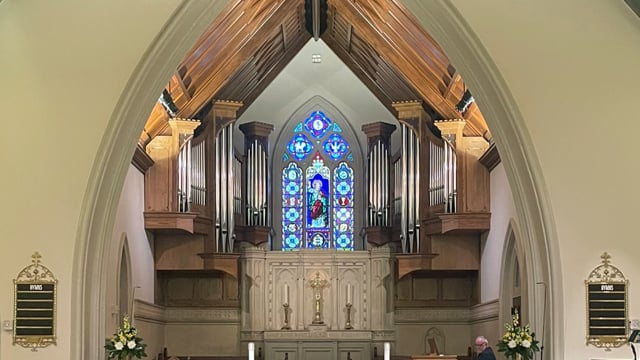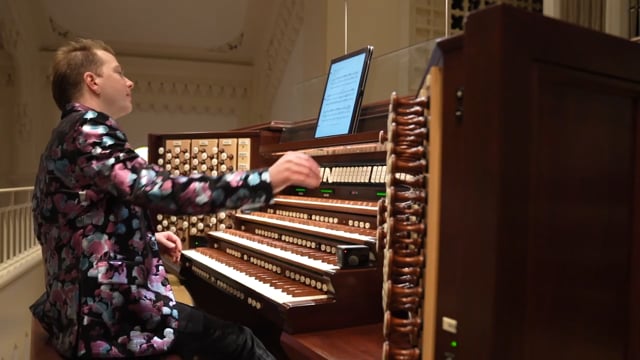Héctor Salcedo plays the Pontifical March by Charles Gounod on the new Peragallo organ at St. Malachy Catholic Church, Brownsburg, Indiana.
Peragallo Opus 772 comprises 40 ranks and 50 Walker pipe sampled stops across four manuals and pedal.
The new organ is featured on the cover of the October 2023 issue of The Diapason.
https://www.thediapason.com/content/cover-feature-peragallo-opus-772
For information: https://www.peragallo.com/
Hector Salcedo studied composition, organ, and improvisation at the Pontifical Institute of Sacred Music in Rome. He was an assistant organist in the Vatican and a member of the Cappella Giulia and the Choir of the Vicariato della Basilica di S. Pietro.







